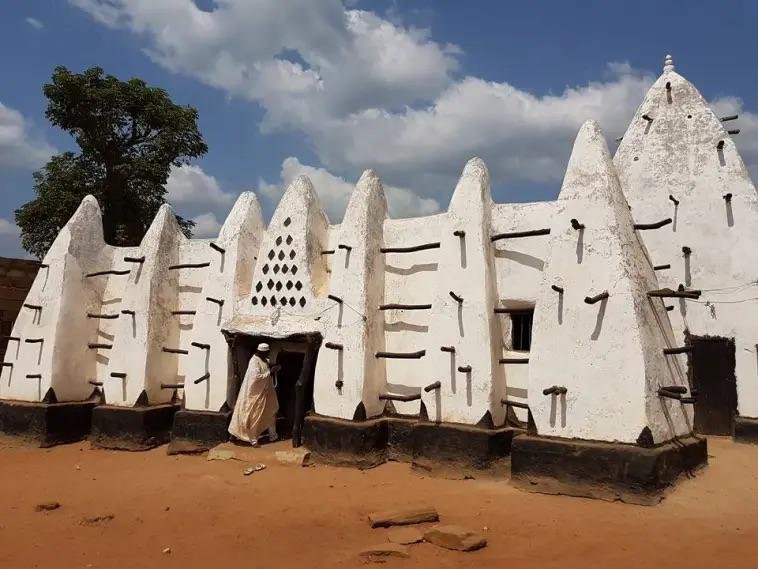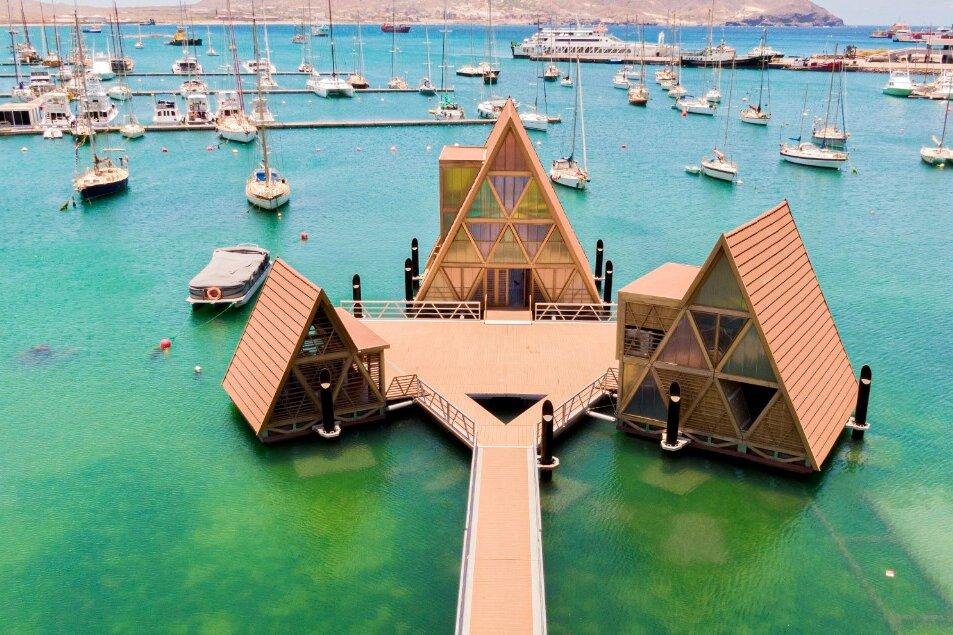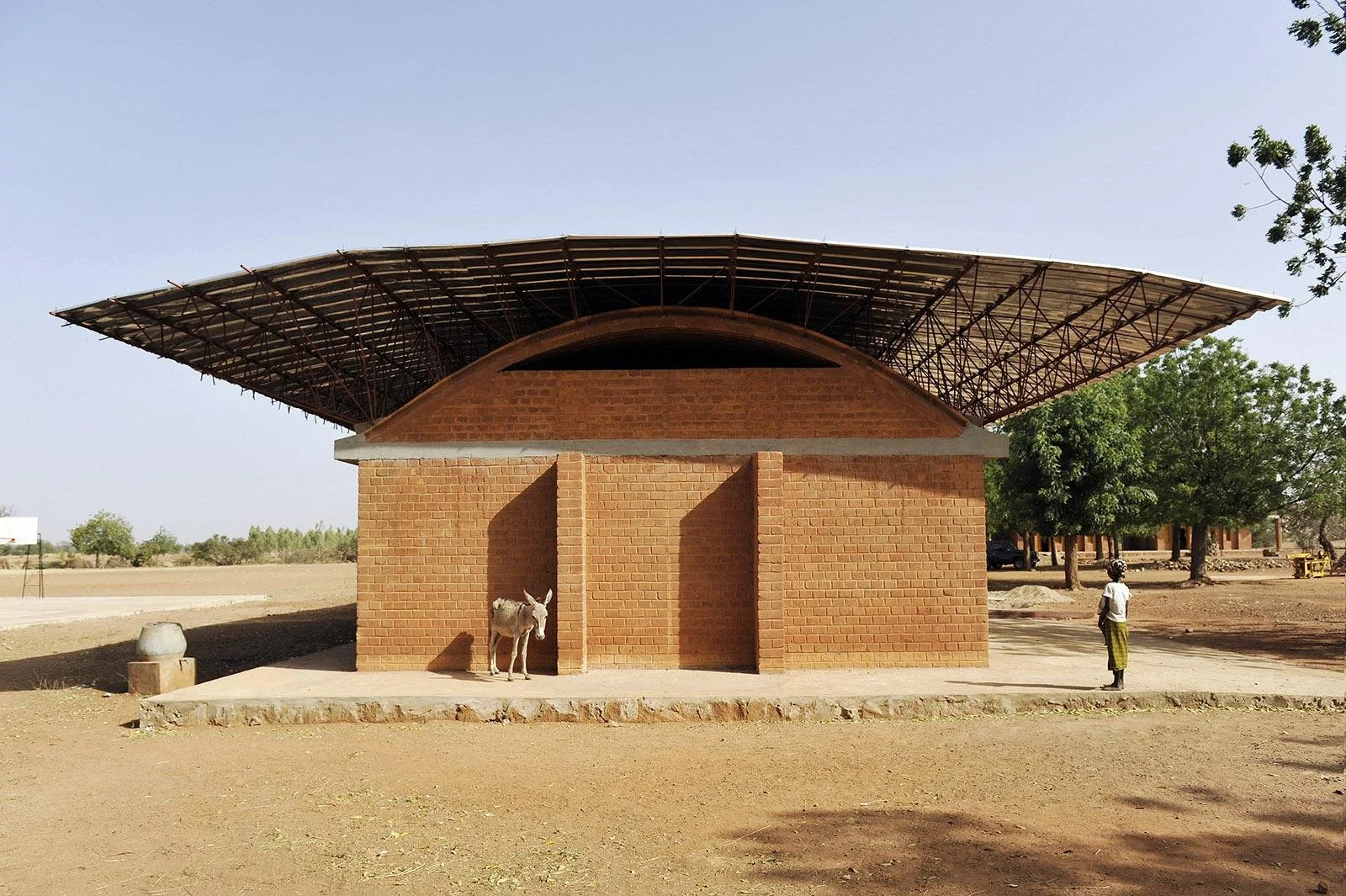The Evolution of Contemporary African Architecture
By: Vennisa Owusu-Barfi
African architecture is a vivid tapestry, reflecting a rich history, cultural diversity, and a deep connection with the environment. From the age-old mud-brick homes of the Sahel to the timeless coral stone structures along the Swahili coast, it is a testament to the seamless blend of tradition and innovation. In this article, we embark on a journey into the world of contemporary African architecture, a vibrant movement that harmoniously combines the echoes of the past with the aspirations of the future.
Source: Reddit
Traditional African Architecture
Traditional African architecture draws its strength from vernacular design, rooted in the use of local materials and environmental adaptation. Thatched roofs and earthen walls provide natural insulation in West Africa, while stilt houses protect against seasonal flooding in the Niger Delta. Sustainability has always been at the core of African architecture, with techniques like mud-brick construction and wattle-and-daub craftsmanship celebrated for their affordability and ecological mindfulness.
Traditional Akan Architecture
Innovative Trends
Contemporary African architects are at the forefront of sustainable design, merging modern technology with ancient wisdom. Solar panels, rainwater harvesting systems, and natural ventilation reduce environmental impact while celebrating the natural world. The movement also places great emphasis on adaptive reuse and preservation, breathing new life into heritage sites and colonial-era structures, bridging the gap between the past and the present.
Modern African Architecture by Nigerian Architect Kunle Adeyemi
Notable Architects and Their Impact
A new generation of architects is reshaping Africa's urban landscapes with visionary designs. Figures like Francis Kéré, Mokena Makeka, Kunlé Adeyemi, and Mariam Kamara have etched their names in the annals of architectural history. Their creations promote mixed-use developments, inclusive public spaces, and affordable housing, fostering community cohesion and vibrant, inclusive cities.
Primary School by Burkinabe Architect Francis Kéré
Conclusion
The rise of contemporary African architecture is a testament to the art of harmonizing tradition and innovation. It is the preservation of cultural identity amidst the currents of globalization, the advocacy for sustainability, and the shaping of resilient and inclusive communities. In the fusion of the past and the future, contemporary African architecture holds the key to the continent's built environment, creating spaces that resonate with meaning and serve as inspiring sanctuaries for generations to come. Africa is not merely building structures; it is sculpting a better, brighter future.



